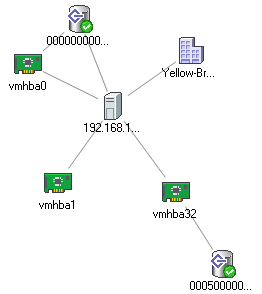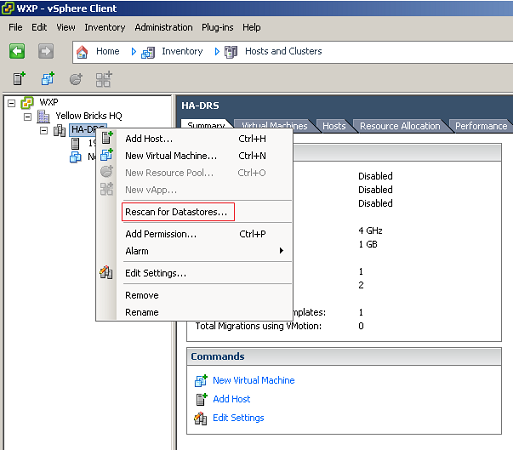I had a discussion on block sizes after the post on thin-provisioned disks with some of my colleagues. For those that did not read this post here’s a short recap:
If you create a thin provisioned disk on a datastore with a 1MB blocksize the thin provisioned disk will grow with increments of 1MB. Hopefully you can see where I’m going. A thin provisioned disk on a datastore with an 8MB blocksize will grow in 8MB increments. Each time the thin-provisioned disk grows a SCSI reservation takes place because of meta data changes. As you can imagine an 8MB blocksize will decrease the amount of meta data changes needed, which means less SCSI reservations. Less SCSI reservations equals better performance in my book.
As some of you know the locking mechanism has been improved with vSphere, yes there’s a good reason why they call it “optimistic locking”. In other words why bother increasing your block size if the locking mechanism has improved?
Although the mechanism behaves differently it does not mean that locking does not need to occur. In my opinion it’s still better to have 1 lock vs 8 locks if a VMDK need to grow. But there’s another good reason, with vSphere comes growable VMFS volumes. You might start with a 500GB VMFS volume and a 1MB block size, but when you expand the disk this block size might not be sufficient when you create new VMs. Keep in mind that you can’t modify the block size, while you just might have given people the option to create disks beyond the limit of the block size. (Mind: you will receive an error, it’s not possible.)
So what about overhead? Will my 1KB log files all be created in 8MB blocks? Cause this would mean a large overhead and might be a valid reason to use 1MB block sizes!
No it will not. VMFS-3 solves this issue by offering a sub-block allocator. Small files use a sub block to reduced overhead. A sub block of a 1MB block size volume is 1/16th the size of the block. For an 8MB block size volume it’s 1/128th. In other words, the sub-blocks are 64KB large in both cases and thus the overhead is the same in both cases as well.
Now my question to you guys, what do you think? Would it make sense to always use an 8MB blocksize… I think it would



